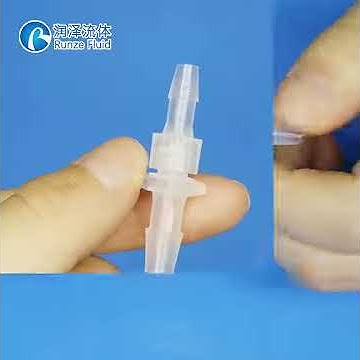The answer used to be easy, six months for dogs, six months for cats. No thought required. Then the shelters, concerned with the number of unwanted pets, began to promote spaying and
neutering at younger ages. Their problem was real, but they didn’t make this decision based on medical evidence. Problems are now emerging. For many years we have known that spaying a female dog or cat before the first heat cycle almost eliminates their life long risk of mammary tumors (breast cancer). In dogs 50% of tumors are malignant. In cats 90% are malignant. But by spaying dogs before the first heat cycle the risk
drops to less than ½ of 1/10 of 1% (0.05%). Spaying after the first heat cycle but before the second also reduces the risk, but not by as much. The first heat cycle generally occurs around 7 months for small dogs, and a little later in large breed dogs. We are forced to euthanize dogs and cats for mammary tumors several times per year. Pets not receiving regular examinations often have advanced cancer on presentation, making treatment more expensive and
sometimes too late. We know from human and dog studies that pregnancy, as a young adult, carries less lifetime risk for mammary tumors than delayed pregnancy, so delaying spaying for a dog intended for breeding is not necessarily bad. However you will have to find homes for all of those puppies. It is also well established that dogs and cats cycling in and out of heat over and over again, but not getting bred, start to develop changes to the uterus (endometriosis) that often lead to a severe life threatening uterine infection. This can generally be cured by surgery, but is much more expensive and far riskier than a routine spay as a young adult. If caught late, you may face over $1000 of medical bills. It can be fatal, especially if you procrastinate on seeking veterinary care. We see this condition a few times a year at Urbana Veterinary Clinic. It is 100% avoidable by spaying. These facts are the origin of the 6 month recommendations. But the early spay neuter ‘experiment’ has taught us new lessons. The findings are still being refined, and research is ongoing. In a recent study of 759 golden retrievers at the UC Davis veterinary school were evaluated for orthopedic and cancer risks. Neutering before one year of age was associated with an increased lifetime risk of hip dysplasia (also affected by genetics, diet and exercise), cruciate ligament tears (a knee injury requiring expensive surgery) and the cancer lymphosarcoma. However neutering after one year of age was associated with an increased risk of mast cell tumors and hemangiosarcoma (malignant blood vessel cancer) in female dogs.1 There is also a 2002 study2 (one of Dr. Cole’s classmates was the lead author) that found Rottweilers spayed or neutered before one year of age had an increased risk of the malignant bone tumor osteosarcoma compared to dogs that were not spayed or neutered, and dogs spayed and neutered later in life. This study did not look at other breeds. There is even a study3 showing that cats neutered before 4 months of age have an increased risk of the rare orthopedic disease Legg Calve Perthes disease. This disease is life changing, surgery is necessary to use the leg again. What does this mean?
1. Vet Practice News Vol 25 No 4, pp 1 and 8 What is the best age to spay a female dog?When should I spay my female dog? We recommend waiting until your dog is at least over 6 months and likely even older for larger dogs. The benefits are much more pronounced in larger dogs, but there is not a lot of difference for lap dogs.
Should you let a female dog go into heat before spaying?Q: Should I let my dog have a heat before I spay her? A: Medically, it's better to spay your dog before their first heat. It greatly reduces the risk of mammary tumors. People who wait to spay their dogs until after their second heat greatly increase the risk of mammary tumors in their pets.
Will my female dog change after being spayed?Due to the prevention of sudden hormone changes, a female dog should return to her normal behavior within the first three weeks after spaying. However, spaying does not change your dog's personality. She will not be any less hyper or aggressive after spay surgery if those are her normal personality traits.
How long after a female dog is in heat can she be spayed?Vets will typically not recommend spaying while your dog is in heat. More blood flows to the affected area during this time, and that can complicate the surgery. Your vet might want to wait two to three months after your dog's heat cycle to spay.
|

Related Posts
Advertising
LATEST NEWS
Advertising
Populer
Advertising
About

Copyright © 2024 paraquee Inc.


















